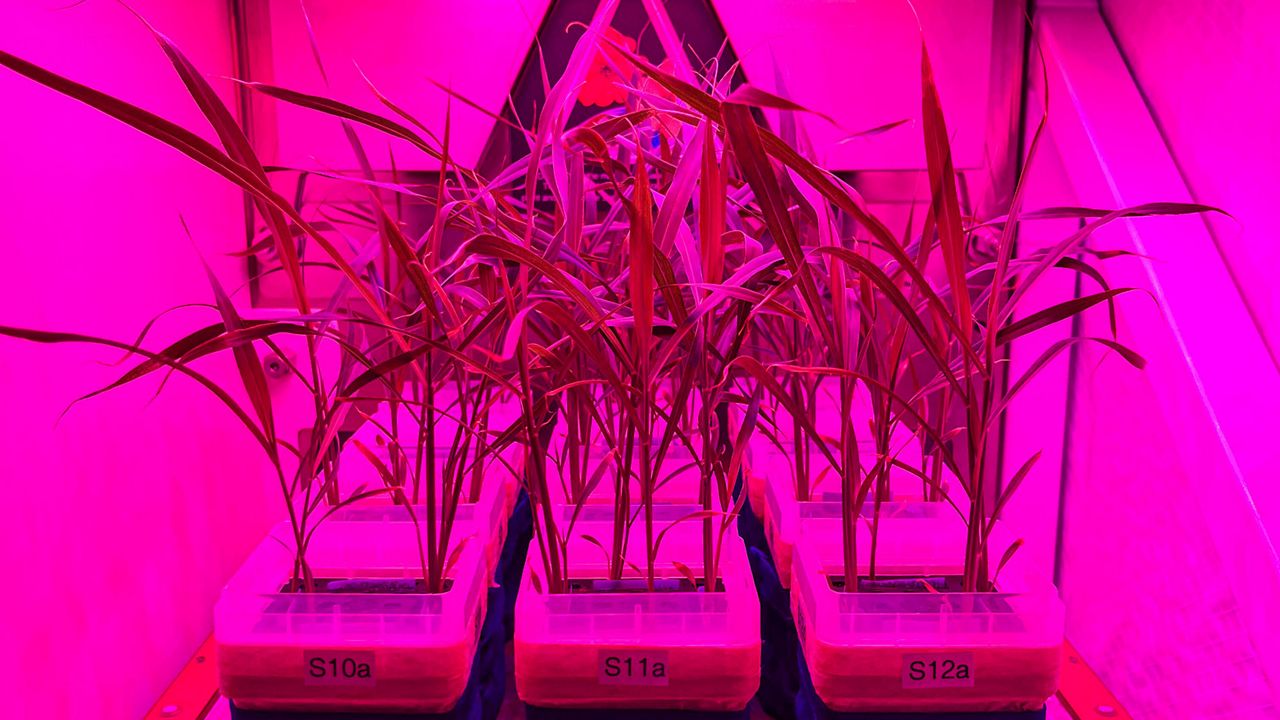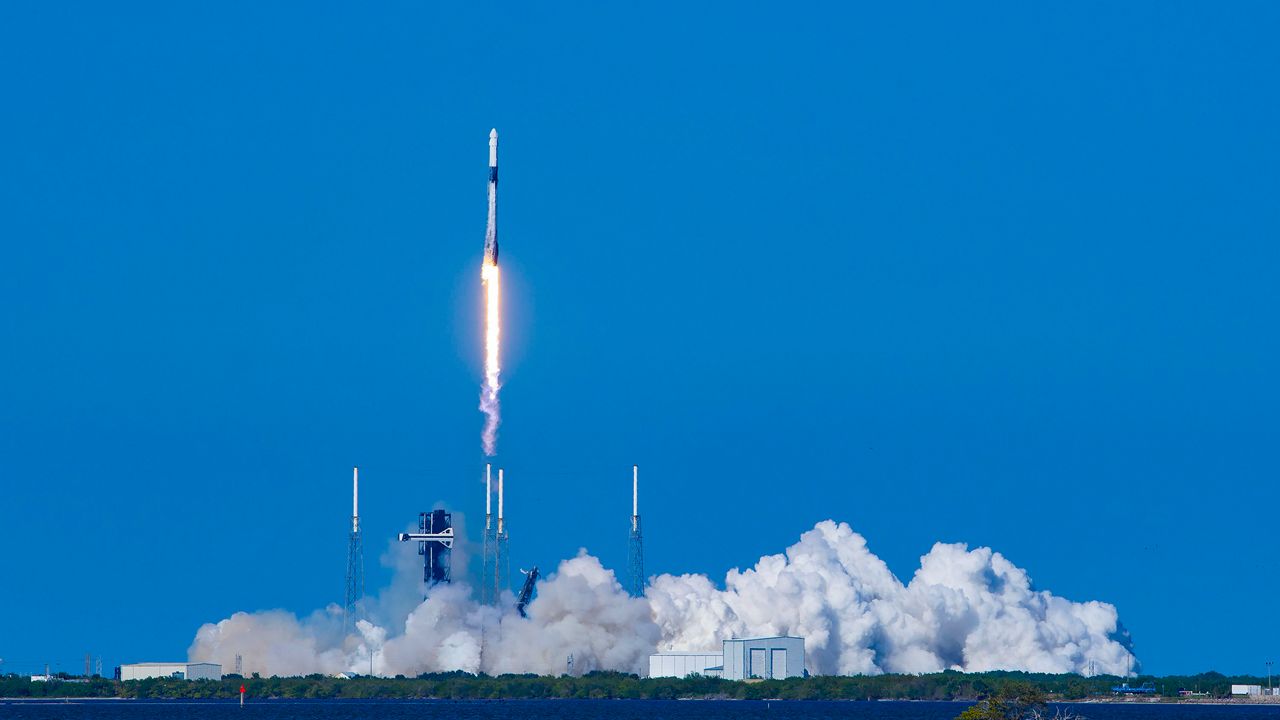CAPE CANAVERAL SPACE FORCE STATION — It was a successful launch for SpaceX after it sent up its 30th commercial resupply services mission for NASA to the International Space Station late Thursday afternoon.
What You Need To Know
- The launch was at 4:55 p.m. ET
- It took off from Space Launch Complex 40 at Cape Canaveral Space Force Station
- Scroll down to find out what type of experiments are going to the ISS
- Get more space coverage here ▶
- 🔻Scroll down to watch the launch🔻
🚀 LIFTOFF!@SpaceX’s 30th commercial resupply mission for @NASA is on its way to the @Space_Station with more than 6,000 pounds of important scientific research and supplies for the crew. pic.twitter.com/40gClzmsiG
— NASA's Kennedy Space Center (@NASAKennedy) March 21, 2024
SpaceX’s Falcon 9 rocket left Space Launch Complex 40 at Cape Canaveral Space Force Station at 4:55 p.m. ET to send CRS-30 mission to the ISS.
The 45th Weather Squadron gave a 90% chance of good launch conditions with the only thing to worry about is the thick cloud layers and cumulus cloud rules.
Going up to the ISS
Before this launch, SpaceX’s first-stage booster B1080 has only five missions to its name:
- ESA’s Euclid telescope
- Ax-2 crew mission
- Starlink 6-11 mission
- Starlink 6-24 mission
- Ax-3 crew mission
The first-stage booster of the Falcon 9 rocket landed at Landing Zone 1 at Cape Canaveral Space Force Station, which created a sonic boom.
SpaceX Falcon 9 first stage booster, B1080, landing on Cape Canaveral Space Force Station at Landing Zone 1, completing its 6th overall successful launch and landing.@gpallone13 @AnthonyLeone @MyNews13#SpaceX #NASA #CRS30 #News13Brevard pic.twitter.com/HGY2Hm4TI7
— Jon Shaban 🏪📺🎥🎤 (@Jon_Shaban) March 22, 2024
Falcon 9’s first stage lands at LZ-1 pic.twitter.com/bnm9S6r85x
— SpaceX (@SpaceX) March 21, 2024
About the mission
The CRS-30 mission will send experiments, food, supplies and equipment using SpaceX's Dragon space capsule and sending them to the famed floating laboratory, stated NASA.
“NASA and the agency’s international partners are sending scientific investigations to the International Space Station on the 30th SpaceX commercial resupply services mission, including tests of technologies to monitor sea ice, automate 3D mapping, and create nanoparticle solar cells,” according to the U.S. space agency.

The experiments are:
APEX-09: This experiment will look at how microgravity will impact two types of grasses when they capture carbon dioxide. The purpose of this is to see how plants can be used for regenerative life support systems (using plants to create oxygen for space stations and ships) and provide food.
Nanoracks-Killick-1: More than 100 undergraduate and graduate engineer students took part in this project that will have a GNSS Reflectometry CubeSat for Measuring Sea Ice Thickness and Extent (Nanoracks-Killick-1) CubeSat to measure sea ice parameters from space.
Multi-Resolution Scanning: “Our MRS on an Astrobee free-flying robot will create 3D maps inside the space station,” said Marc Elmouttie, who is the project lead with Australia’s national science agency CSIRO, which developed the technology with Boeing. It could be used to discover defects either in or outside of the ISS and even scanning the surface of Mars and Earth’s moon.
Nano Particle Haloing Suspension: It is a new way of using tiny spheres called quantum dots that have the possibility of turning sunlight into energy more efficiently.




